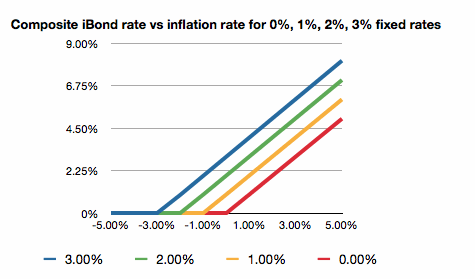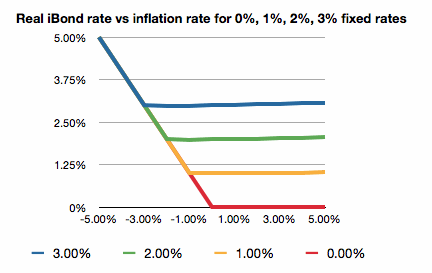Gone4Good
Give me a museum and I'll fill it. (Picasso) Give me a forum ...
- Joined
- Sep 9, 2005
- Messages
- 5,381
However, if you "never, ever" cash in that bond, what good is it, other than sort of pretty. The only way that I know of to get that good interest out is to redeem the bond.
Well, I hope you would after 30 years, since they won't earn any more interest after that.
I often wonder if literal interpretations like this are honest misunderstandings or are deliberately argumentative.
In either event, after they stop accruing interest they don't really have a 3+% real rate anymore, do they? So even if you TRY to misinterpret my comment by applying a ridiculously literal interpretation, it still makes sense as written.



 Before you consider it, look at current I bond rate. Rate will change in November, but any I bond purchase now starts off with 0.0% for the first 6 months before a positive rate. Waiting till Nov. maybe you could start out for 6 mo. with above zero rate. (Icon means crazy. I try not give advice unless asked, I just mean it sounds crazy, in my Humble Opinion)
Before you consider it, look at current I bond rate. Rate will change in November, but any I bond purchase now starts off with 0.0% for the first 6 months before a positive rate. Waiting till Nov. maybe you could start out for 6 mo. with above zero rate. (Icon means crazy. I try not give advice unless asked, I just mean it sounds crazy, in my Humble Opinion)

 How cool is that?
How cool is that?